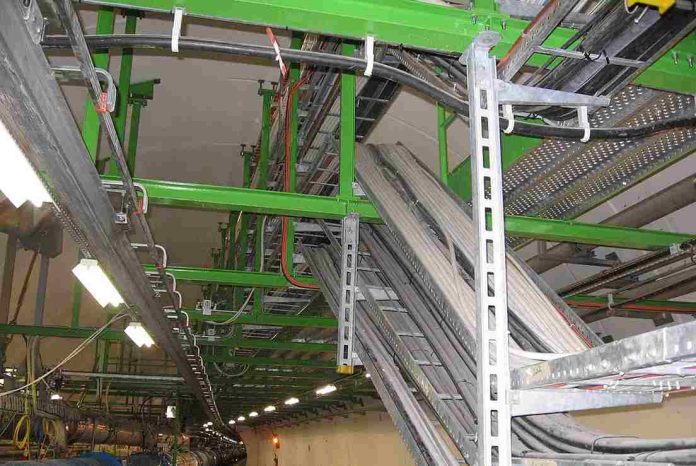In the world of construction, Mechanical, Electrical, and Plumbing (MEP) systems serve as the lifeblood of modern buildings and facilities. These networks of pipes, wires, and vents keep our modern spaces comfortable and functioning.
But with escalating energy prices, it’s a struggle for building owners and occupants to keep MEP systems efficient and reliable. That’s why the need to integrate renewables into MEP systems is no longer just an option, but a necessity.
In this article, we’ll explore how soaring energy prices are impacting MEP systems and offer strategic insights for navigating this landscape.
Table of Contents
Factors Influencing Rising Energy Prices on MEP Systems

Global economy
The global economy plays a big role in determining energy prices. Market volatility can be due to demand-supply dynamics, geopolitical tensions, and currency exchange rates.
Political and regulatory influences
Instability in politics, trade disputes, and geopolitical conflicts can mess up energy supply chains and push prices up.
Environmental and sustainability considerations
As people become more aware of climate change and environmental degradation, cleaner, renewable energy gains more traction. Renewable energy investments and fossil fuel phaseouts contribute to shifting energy pricing dynamics.
Mechanical Systems
A building’s mechanical systems, such as HVAC (Heating, Ventilation, and Air Conditioning), ensure occupant comfort and operational efficiency.
However, operational costs for HVAC systems go up as energy prices skyrocket. Heating and cooling use a lot of energy, so when prices jump, building owners and operators are hit hard.
Rising energy prices can force organisations to cut costs by turning down the thermostat or letting maintenance slide. This might seem smart at first, but it can backfire. Cranking the AC too high or neglecting equipment can make your whole system less efficient.
Strategies for mitigation
- Upgrade your gear: Invest in newer, more energy-efficient HVAC systems and machinery.
- Smarter systems: Installing smart controls lets you adjust things like temperature and lighting automatically based on how many people are there and what time of the day it is. This can help you avoid wasting energy when the building is empty.
- Routine checkups: Regular maintenance keeps everything running smoothly and efficiently.
Electrical Systems
Higher energy prices can place a significant financial burden on consumers. For businesses, escalating energy prices can mean higher production costs.
Manufacturing, mining, and agriculture industries that are heavily reliant on electricity for manufacturing processes might struggle to stay competitive.
Lighting
The rise in energy prices directly impacts lighting systems’ operational costs. Higher electricity rates mean more money spent on lighting indoors and outdoors, driving up utility bills for building owners and occupants.
That’s why a lot of places are switching to LED lights. They use less energy than old-fashioned bulbs, and they last longer, too.
Power distribution and generation
Another way to counter rising energy prices is to generate your power. Solar panels are a popular option, especially as they get cheaper and easier to install.
Using power wisely
There are other ways to optimise how you use electricity. Special software can help you track how much energy you’re using and where you might be wasting it.
Some programs even let you adjust your energy usage based on grid conditions and energy prices.
Plumbing Systems
Heating water often consumes a large amount of energy. With rising energy prices, building owners and occupants have to pay more to heat water for domestic and commercial use.
In some cases, rising energy prices affect water usage. For instance, individuals or businesses might use less hot water if they’re worried about energy costs.
Hot water generation and distribution
One way to combat higher water bills is to upgrade your water heater. Newer models, like tankless or heat pump systems, are more energy-efficient.
Water usage efficiency
Low-flow faucets, fancy showerheads that use less water, and even low-flush toilets are becoming increasingly popular. These can help cut down on water use without sacrificing performance.
Strategies for mitigation
- Solar thermal systems: These capture the sun’s rays to heat water directly, making it a renewable and cost-effective option.
- Recycling used water: Greywater systems treat wastewater from sinks, showers, and laundry so it can be reused for non-potable applications.
- Leak detection: Fixing leaky faucets and pipes promptly can save tons of water. Regular checkups can also ensure your system is running smoothly, so you’re not paying for inefficiencies.
Adapting to an Evolving Energy Landscape
By making smart investments in energy-efficient technology, renewables, and good maintenance practices, you can keep your building’s MEP running smoothly. Remember, adaptation and innovation are key in making sure your critical infrastructure is resilient and efficient.




